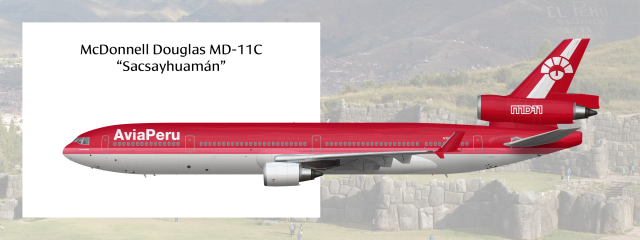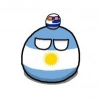
1990s: New leadership and revival
- Owner: Avelo (View all images and albums)
- Uploaded: Feb 23 2020 04:05 AM
- Views: 948
- Album Aviaperú

After the tumultuous years of the 1970s and 1980s, things eventually started to look brighter for Aviaperú at the start of the 1990s. Under the leadership of Carlos Morales, the airline's president of the time, Aviaperú underwent a massive restructuring which saw it transform from a money-losing white elephant into a more profitable and financially secure company. No longer in the red, Aviaperú stood immune to the rash of privatisations of state enterprises initiated under the presidency of Alberto Fujimori. The company's role as an asset of strategic importance for the Peruvian government would further justify keeping Aviaperú in state hands.
At the same time, Morales saw this as an opportunity to rid Peru's flag carrier of its pariah image and embarked on an ambitious long-term modernisation plan known as Proyecto Inti (Project Inti) in 1990. The project involved overhauling the airline's brand identity and services as well as the purchase of modern aircraft to renew its fleet.
In 1991 the airline secured a $1.82 billion loan from the Export-Import Bank of the United States to allow for the purchase of four McDonnell Douglas MD-11 Combis and twelve Boeing 737-400s with deliveries planned for 1993 through 1996. The MD-11C became Aviaperú's new flagship aircraft and was the first to sport the airline's new bright red livery, replacing antiquated DC-8s that have been in service since the 1960s. Aviaperú was also one of only two airlines to operate this variant of the MD-11 along with Alitalia. The first aircraft, registered in the US as N1003W and christened Sacsayhuamán, was placed into service on the Lima-New York route in 1993.
Registration: N1003W
Aircraft name: Sacsayhuamán

 Sign In
Sign In Create Account
Create Account











